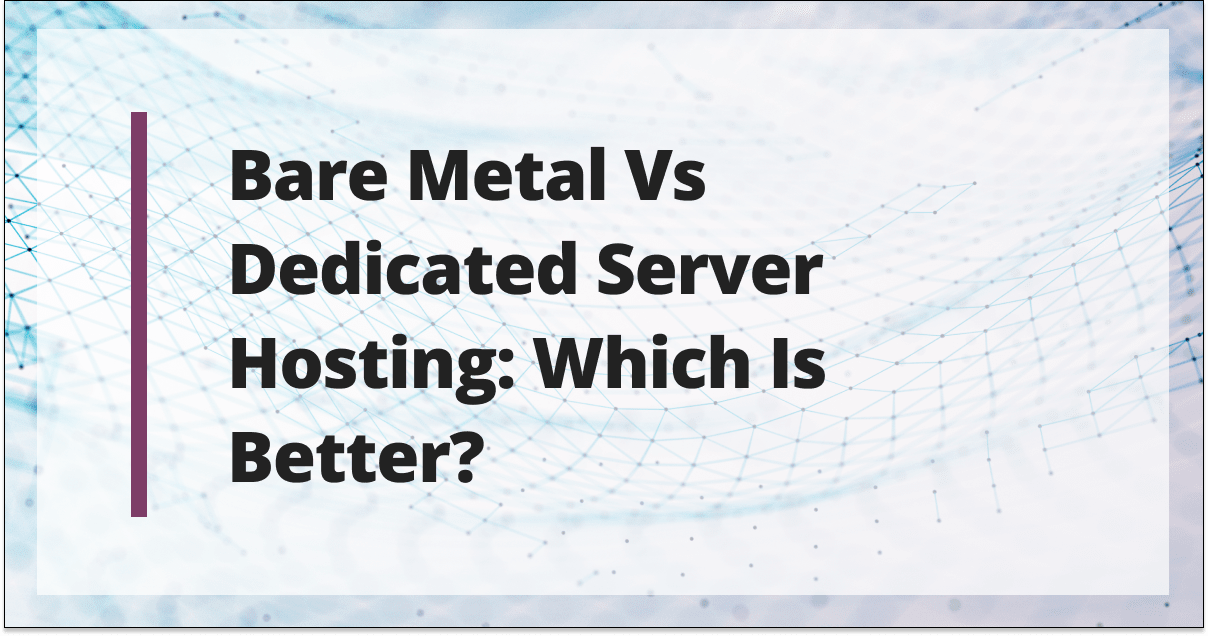[ad_1]
A hypervisor, also known as a Virtual Machine Monitor (VMM), is a software or firmware layer that enables the virtualization of physical computer hardware. Its primary function is to create and manage virtual machines (VMs) on a single physical host. These virtual machines act as independent, isolated instances, each running its own operating system and applications.
A virtual machine (VM) is a software-based emulation of a physical computer that operates within a hypervisor on a host system. It is capable of running its own operating system and applications, and multiple VMs can coexist on the same physical hardware, each isolated from the others.
Types of Hypervisors
There are two main types of hypervisors:
Type 1 Hypervisor (Bare Metal Hypervisor):
This type of hypervisor, known as a Type 1 or Bare Metal Hypervisor, runs directly on the physical hardware of the host system. It does not require a host operating system and is often considered more efficient because it has direct access to hardware resources. Examples of Type 1 hypervisors include VMware ESXi, Microsoft Hyper-V (when installed on a bare metal server), and Xen. The term “bare metal server” emphasizes the direct installation of the hypervisor on the physical hardware, underscoring its efficiency and resource accessibility.
Type 2 Hypervisor (Hosted Hypervisor):
A Type 2 hypervisor runs on top of a host operating system. It is installed like any other software application and creates virtual machines within the host operating system. While generally easier to set up, Type 2 hypervisors introduce additional overhead as they rely on the host operating system for resource management. Examples include VMware Workstation, Oracle VirtualBox, and Parallels.
What does a Hypervisor do?
Resource Allocation
Hypervisors play a crucial role in resource allocation within a virtualized environment. Resource allocation refers to the distribution and management of physical hardware resources such as CPU, memory (RAM), storage, and network bandwidth among virtual machines (VMs) running on a single physical host.
CPU Allocation
The hypervisor oversees the allocation of CPU resources among virtual machines. It ensures that each VM receives a fair share of processing power, preventing one VM from monopolizing the CPU and impeding the performance of others. Additionally, some hypervisors support features like CPU affinity, allowing VMs to be assigned to specific CPU cores for optimized performance.
Memory Allocation
Memory allocation involves distributing the available RAM among virtual machines. Hypervisors manage memory usage dynamically, adjusting allocations based on the demands of each VM. They employ techniques such as ballooning (adjusting VM memory usage by inflating or deflating the balloon driver within the VM) and memory overcommitment to optimize the use of available memory resources.
Storage Allocation
Hypervisors manage the allocation of storage resources by creating virtual disks for each VM. These virtual disks are mapped to physical storage devices on the host. Advanced storage features like thin provisioning allow more efficient use of storage space by allocating physical space only as needed.
Virtual Machine Management
One of the fundamental functions of a hypervisor is the seamless management of virtual machines (VMs), offering administrators the ability to create, delete, and oversee the dynamic lifecycle of these virtualized entities. This capability plays a pivotal role in the flexibility and adaptability of virtualized environments.
Creation and Configuration
The hypervisor streamlines the process of creating new virtual machines, providing administrators with intuitive interfaces or command-line tools to specify configurations such as CPU allocation, memory size, and storage capacity. This allows for the rapid deployment of virtualized instances tailored to specific workloads or applications. Moreover, the hypervisor enables the customization of individual VMs, including the installation of guest operating systems and the configuration of network settings, ensuring that each virtual machine aligns with the distinct requirements of its intended use.
Operating System Diversity:
A key advantage facilitated by the hypervisor is its support for a diverse array of operating systems running concurrently on the same physical hardware. This feature is particularly valuable in mixed IT environments where different operating systems are necessary for varied applications or specific business needs. The hypervisor abstracts the underlying hardware, allowing VMs to run operating systems independent of the host system, thereby fostering an environment where Windows, Linux, or other operating systems coexist harmoniously.
Performance Optimization
Hypervisors aim to optimize resource utilization, ensuring that virtual machines run efficiently and that the overall system performs well.
Hypervisors continuously monitor the resource usage of each VM. In response to changing workloads, they dynamically adjust resource allocations to prevent performance bottlenecks. For example, if a VM requires additional CPU or memory during peak usage, the hypervisor can allocate more resources temporarily.
Hypervisors are fundamental components in virtualization technology, enabling the consolidation of multiple virtualized environments on a single physical server. This brings benefits such as improved resource utilization, easier management, and greater flexibility in deploying and scaling applications.
Related
[ad_2]
Source link






